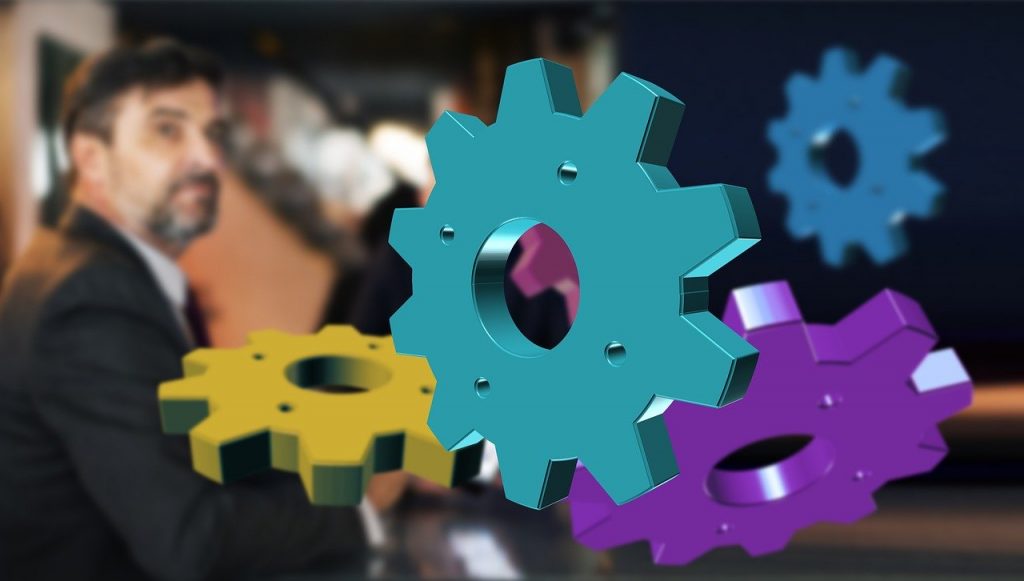
You’re ready to walk your company into the future by harnessing the many benefits of Robotic Process Automation (RPA). However, when evaluating the costs of an RPA solution, have you only looked at the total cost of ownership (TCO) or the bigger picture? We’re talking about the total cost of automation (TCA). Here are the main points to factor into the equation.
What’s TCA?
According to Deloitte, SMEs can pay from $4,000 to $15,000 for one robot. However, enterprise organizations may need as much as $20 million for a complete RPA solution of up to 500 bots, which can displace over 1,000 employees and generate over $100 million in savings. But how do you come up with exact numbers? Enter TCA.
TCA gives a clear and holistic view of the real impact of RPA from both a business and a technological perspective. The overall cost of this transformation includes technology, automation development, as well as ongoing maintenance and control. So, how do you calculate all of this and ensure success?
Establish an in-house Center of Excellence (CoE) – a team of skilled knowledge workers tasked with providing their company with best practices around a particular area of interest, in this case, RPA adoption, integration, and automation support.
RPA Lifecycle and the CoE
RPA is an ongoing process as existing automations are regularly improved, upgraded, and new ones are initiated and developed. There is a loop of activities from process identification to process prioritization, automation development and deployment, and maintenance and control.
The CoE works with critical business units across the company to automate their tasks. It is recommended to start in one unit and then to expand to others, in-step with the company’s requirements. The TCA includes the entire RPA lifecycle as well as costs related to deploying the CoE model.

Pricing organizational change
When implementing new technology, the costs that spring to mind are one-time expenses, such as creating a hardware/software infrastructure, proof of concept (PoC), licensing, development, and configuration.
Ongoing costs are maintaining system architecture and infrastructure, managing vendors, and in our case, also paying license fees for RPA and 3rd party integration, Service Level Agreements (SLAs), and an expert network.
However, the cost of technology is not the only factor. Add to that the cost of transforming the organization. The one-time charges involve establishing your CoE – developing and deploying the automation, business-change management, creating new roles, responsibilities, and procedures, and importantly, developing skills and training.
Next, are the ongoing costs of the CoE’s operations – continued process optimization, IT support for RPA, measuring operational and performance metrics, assessing and planning new RPA prospects, and knowledge management.
Vendors Vary
The cost of RPA implementation varies from one vendor to another depending on many factors, including the bot’s complexity (will it only be converting a few dozen pages a month from PDF to CSV?) as well as the APIs and apps used inside them. Then there is the time and effort spent on the initial business processes analysis plus setup and programming requirements. RPA solutions from UiPath, for example, cost as much as $20,000, depending on the level of automation needed.
Key takeaway
RPA has far-reaching benefits from saving costs to improving quality and much more. What could be better than a robot that’s up and running in just weeks, costs a fraction of employee salaries, never take a coffee break or vacation, and hardly ever makes a mistake. However, before you jump for joy, make sure you have the full picture of the real cost of automation and make sure your expectations are both realistic and achievable.
Don’t miss this excellent and comprehensive white paper on the topic!
